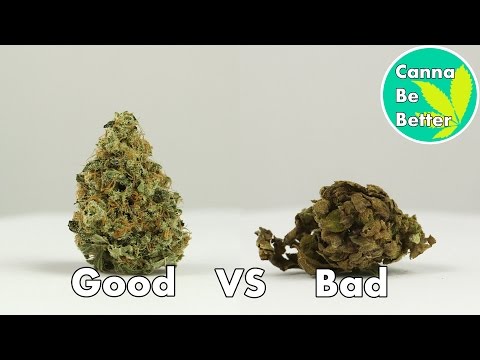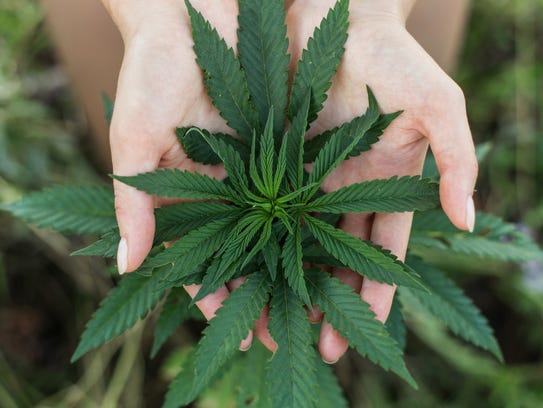Organic has become a buzzword, and for many it has become synonymous with safe. In recent years, pesticides used on crops that will be consumed by humans have become a growing concern.
The attitudes towards potentially harmful chemicals puts cannabis into an interesting category when it comes to “organic” growing and pesticide use. While some cannabis is consumed by ingesting, a lot of it is combusted and inhaled in some form. This puts otherwise safe or organic pesticides to a whole different test.
Many products that were once used regularly are being banned as more research is done on cannabis-specific use. Pesticides normally used on crops are not burned and inhaled by a consumer, but when they are used on cannabis can quickly become dangerous.
In an effort to maintain a truly organic and safe product for consumers, growers are taking their efforts a step further. They are finding new safe and natural ways to protect both their crops and consumers.
The other challenge cannabis poses is the effect of some products which are safe for use on cannabis but that create an undesirable side effect for the consumer. In short, some of these “safe” choices are not ideal because of the taste they produce.
Popular organic pesticide neem oil is a great example of a safe choice with the downside, in that it affects the flavor and quality of buds if sprayed when the plant is flowering.
There are several other safe enzyme-based products that have less residual presence – resulting in less taste – on the flower. But when sprayed inside an enclosed grow space the increased humidity can lead to mold and mildew issues. Calculated decisions must be made by cultivators to ensure the best health for the entire crop.
To prevent detrimental bugs, frequent spraying with pesticides was once thought to be the best option if sprayed before the plants enter the flowering stage. A good pest management regime was to spray vegetative plants every 2-5 days with an organic pesticide and rotate between a few different ones to keep tolerances from forming amongst any of the pest bugs. And while this was effective in preventing bugs, the obvious complications from spraying so many pesticides – organic or not – on the cannabis are clear.
The solution to bug problems that reduces the pesticide application – either before or after flowering – requires a different approach. In some instances no bad bugs are present. In this case, keeping grow rooms clean and by introducing beneficial insects should maintain a healthy crop that is safe for human consumption later. But in many cases, bugs of some kind have infiltrated the grow operation, requiring additional steps to keep them from decimating a crop.
To keep bad bugs at bay, some of the best solutions are those designed by nature to fight the problem. Instead of relying on synthetic products, the organic option is to introduce more bugs. For every insect that eats your plants there is a predatory insect that hunts down and eats that bug. In other words, the best way to prevent bug infestation is to fight fire with fire, and produce the cleanest and most organic cannabis possible.
Spider mite infestations are a common problem resulting in yield and quality loss. Luckily, these mites are some of the easiest to prevent if predator mites are introduced early. Spider mites have a quick reproduction cycle, so recognizing an infestation and counteracting it with predators early is essential.
Effective predatory bugs are available online and as these organic methods of cultivating cannabis become more popular, knowledge of more effective predators grows. The wonderful thing about many predatory bugs is they are not the pickiest of eaters and will often consume a multitude of prey items. Introducing these species will not only keep the insects that you are accustomed to at bay, they will also consume any new pests that make their way into a crop.
The attitudes towards potentially harmful chemicals puts cannabis into an interesting category when it comes to “organic” growing and pesticide use. While some cannabis is consumed by ingesting, a lot of it is combusted and inhaled in some form. This puts otherwise safe or organic pesticides to a whole different test. (Photo: Karnauhov, Getty Images/iStockphoto)
Most of the industry’s premier growers agree the best buds are ones that are grown in a system that uses as few synthetic chemicals as possible. Insects can be little garden helpers and eliminate problems by keeping the natural system of checks and balances in place. Implementing the effective use of predatory insects can circumvent the very real issue of utilizing pesticides – organic or not – on cannabis crops.
credit: 420intel.com


